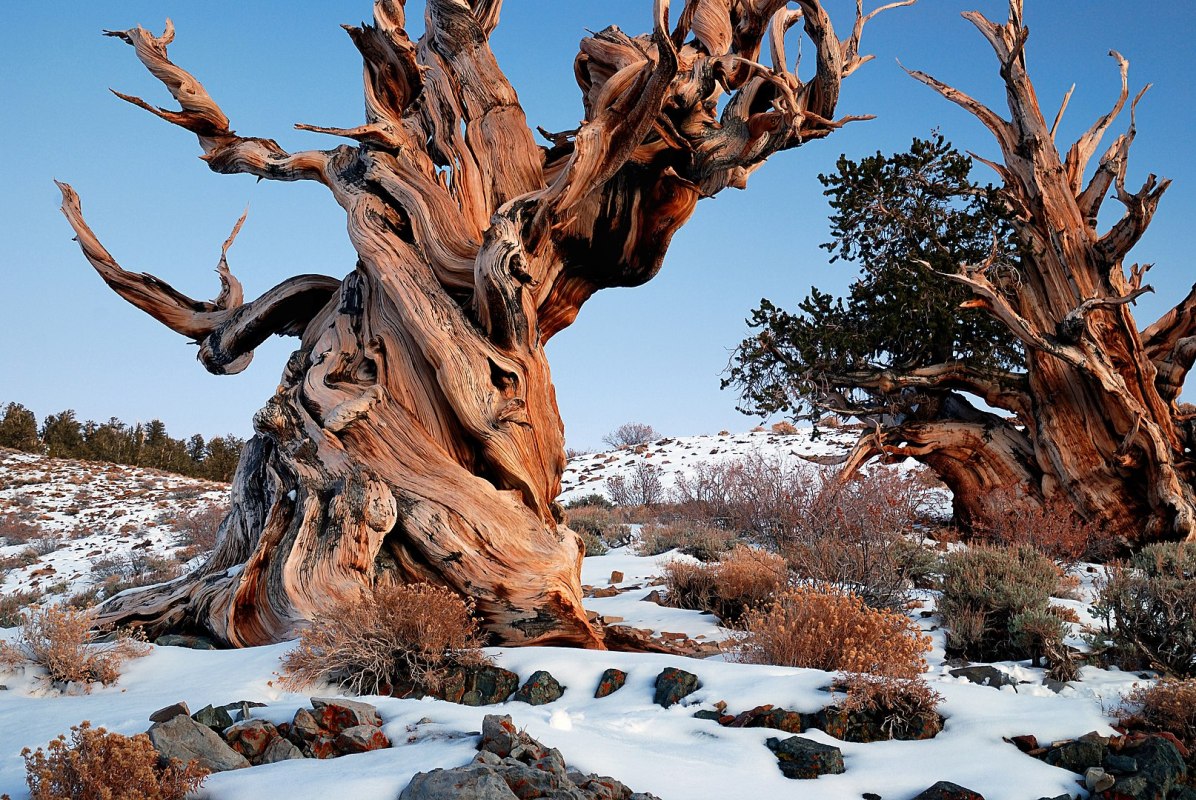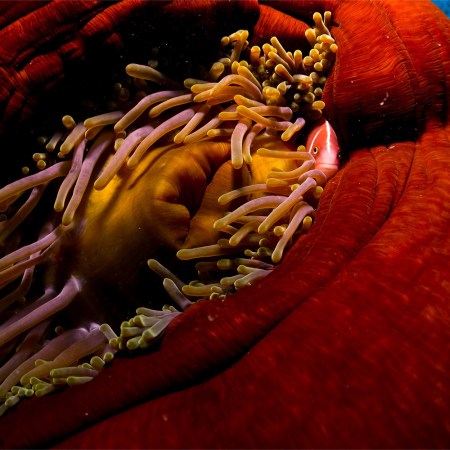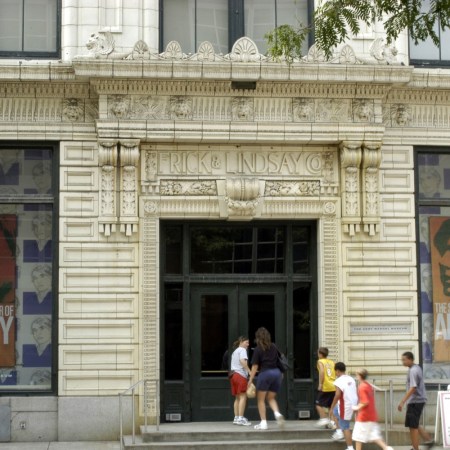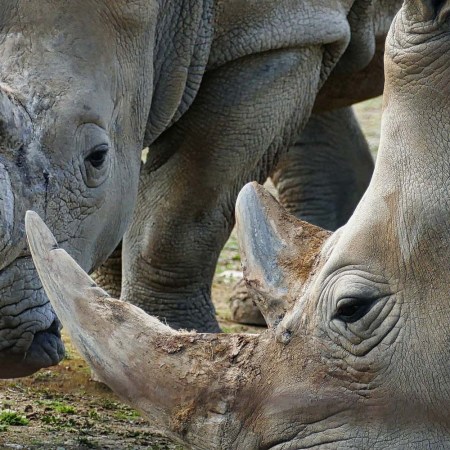There aren’t many living things on the planet that one could describe as being as old as the pyramids. When it comes to the bristlecone pines that are found in just three states, however, that’s exactly the kind of longevity you’re looking at. These trees have stood for thousands of years, with one of the oldest reaching the age of at least 4,700.
And now, unfortunately, they’re at risk.
Last month, a Los Angeles Times report explored a pair of threats faced by bristlecone pines. Both an invasive species — in this case, a kind of beetle — and the drought conditions that have long affected the southwestern United States have led to an uncertain future for these pines after their long history.
Now, the Washington Post has reported on the approaches being taken to preserve the trees. The issues affecting the trees haven’t come out of nowhere. The article cites a 2018 discovery made by research ecologist Constance Millar, who has worked with the U.S. Forest Service for decades. While bristlecone pines are known for their resilience and abilities to adapt — see also: how they’re able to live for thousands of years — the combination of drought and beetles has led to this crisis.
As the article notes, Millar and research entomologist Barbara Bentz are looking into several methods of preservation, including chemicals to deal with the beetles and exploring the genetic material of the hardiest examples of the tree population. It’s all crucially important for keeping some of the planet’s oldest living plants alive for future generations.
Thanks for reading InsideHook. Sign up for our daily newsletter and be in the know.


















